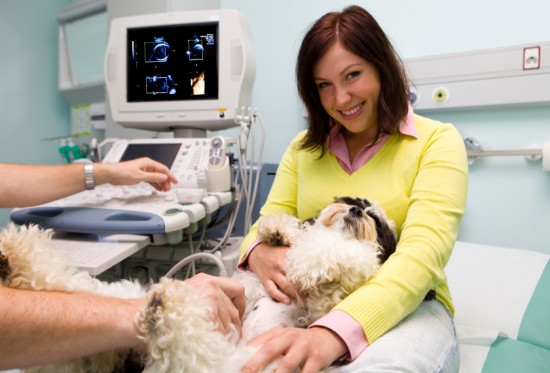It's important to think of everyone you're responsible for when preparing for an emergency. This includes you, your children, and also your pets. It's important to have everything ready to go at a moment's notice when you're making a 72-hour-kit for your pet. That means items that do not require refrigerating, and items with a long shelf-life. Be sure that what you choose to include in your pet's 72-hr-kit is easy to carry.
In your pet disaster kit, you should include:
*Food and for at least three days for each pet. Pets can often drink water from nearby pools, lakes, rivers, and steams without getting sick. If you don't have any of these water supplies nearby, include water in this kit for your pet as well.
*Sturdy leashes, harnesses, and carriers to transport pets safely and to ensure that your pets can't escape. You may want to include blankets and towels for comfort and warmth.
*Current information regarding your pets, including a photo to help others identify them in case you and your pet become separated. (This can also be used to prove that it belongs to you.)
*Small pet toys to reduce anxiety and stress.
*The name and number of your veterinarian in case your pet has to be brought to a shelter.
* Grooming items if they are relevant to your pet's sanitary and grooming needs.
* Also make sure that your pet has an ID attached to him or her.
* If you have enough room and can comfortable carry a bunch of newspapers or a litter box with litter and a scoop, then these would be ideal to include in your kit, also.
It's also recommended by the United States Human Society that these actions are followed to make sure your pets are taken care of when emergencies prevent you from taking care of your pets:
* Find a trusted neighbor and give them a key to your house or barn. Make sure this person is comfortable and familiar with your pets.
* Make sure the neighbor knows your pets' whereabouts and habits, so they will not have to waste precious time trying to find or catch them.
* Create a pet emergency/disaster kit and place it in a prominent place where your neighbor can find it.
* If the emergency involves evacuation, make sure the neighbor would be willing to take your pets and has access to the appropriate carriers and leashes. Plan to meet at a prearranged location.
* If you use a pet sitting service, they may be available to help, but discuss the possibility well in advance.

 Dog Pregnancy - A Week By Week Pregnancy Calendar
Dog Pregnancy - A
Dog Pregnancy - A Week By Week Pregnancy Calendar
Dog Pregnancy - A
 Why Keep A Reptile?
Why Keep A Reptil
Why Keep A Reptile?
Why Keep A Reptil
 A Short Guide To Sheltie Guinea Pigs
A Short Guide To
A Short Guide To Sheltie Guinea Pigs
A Short Guide To
 Golden Retriever Puppies: Hard To Turn Down That Face
Are you thinking of buying a dog? Do you want a cute lov
Golden Retriever Puppies: Hard To Turn Down That Face
Are you thinking of buying a dog? Do you want a cute lov
 Separation Anxiety in Dogs
Separation Anxiety in Dogs
Separation Anxiety
Separation Anxiety in Dogs
Separation Anxiety in Dogs
Separation Anxiety